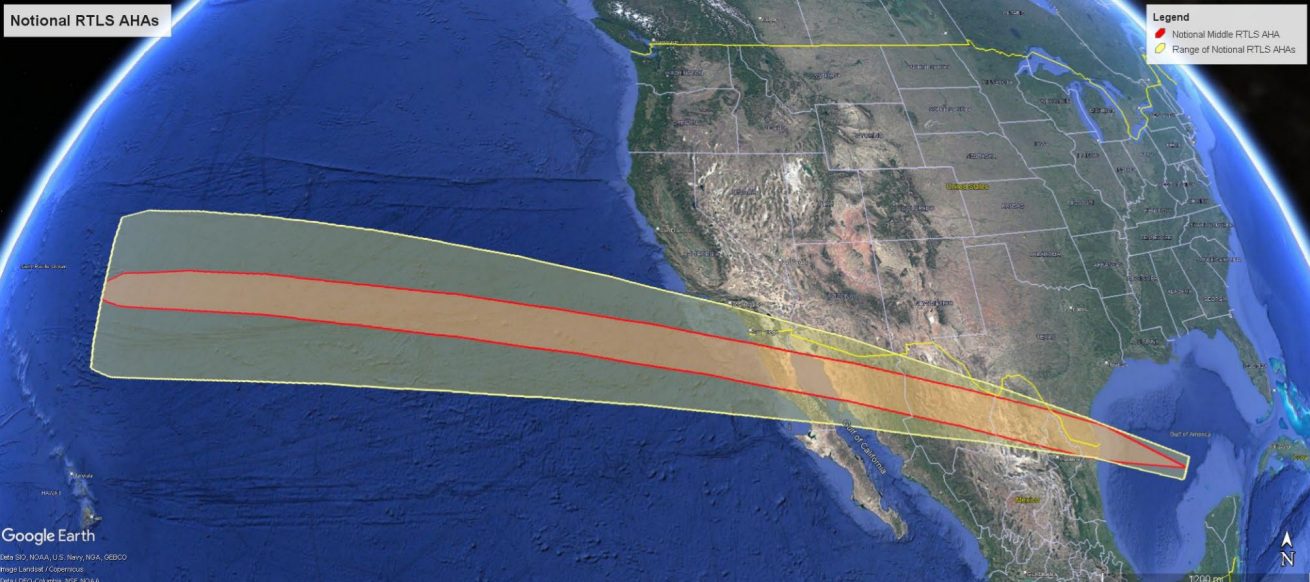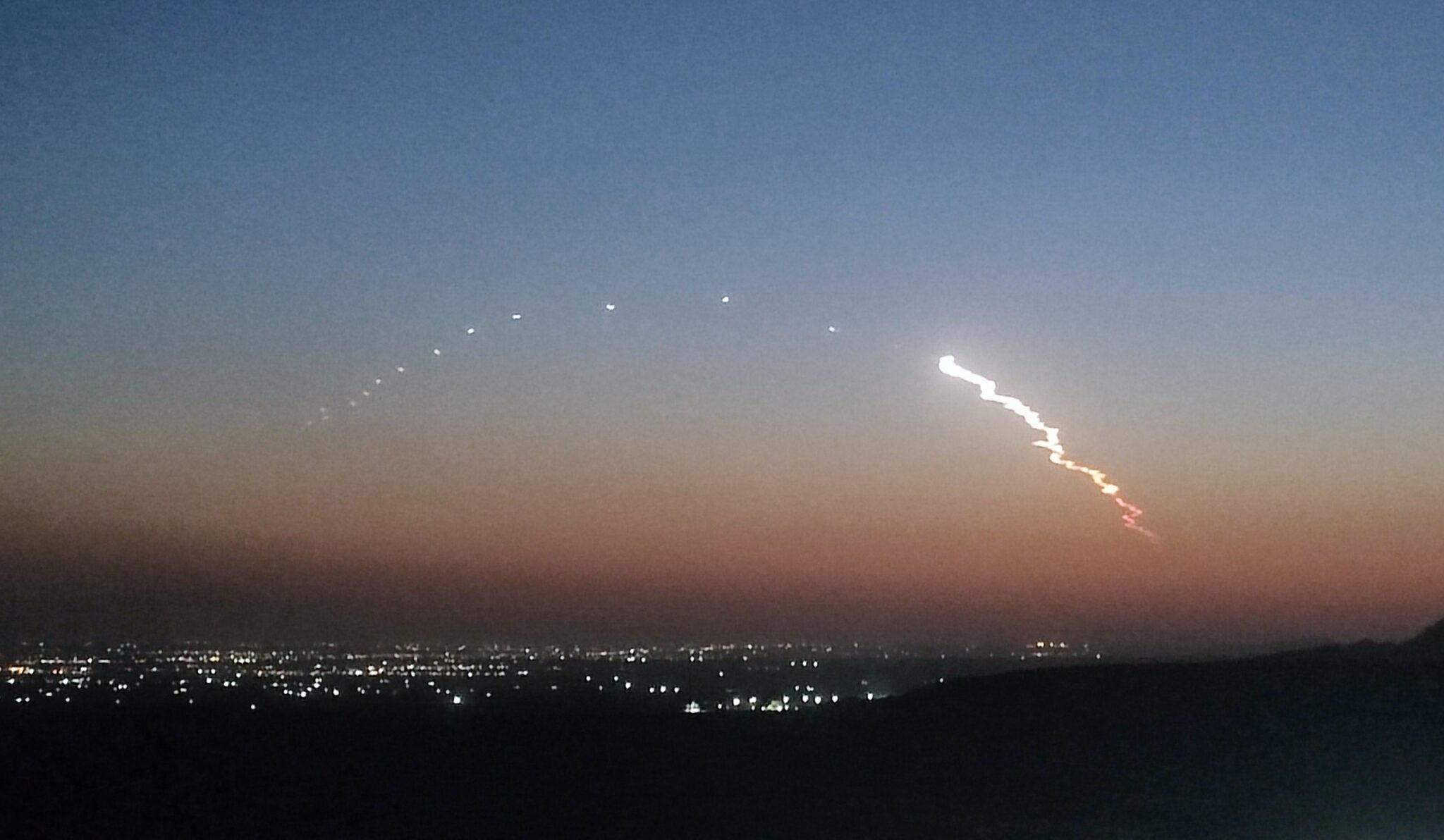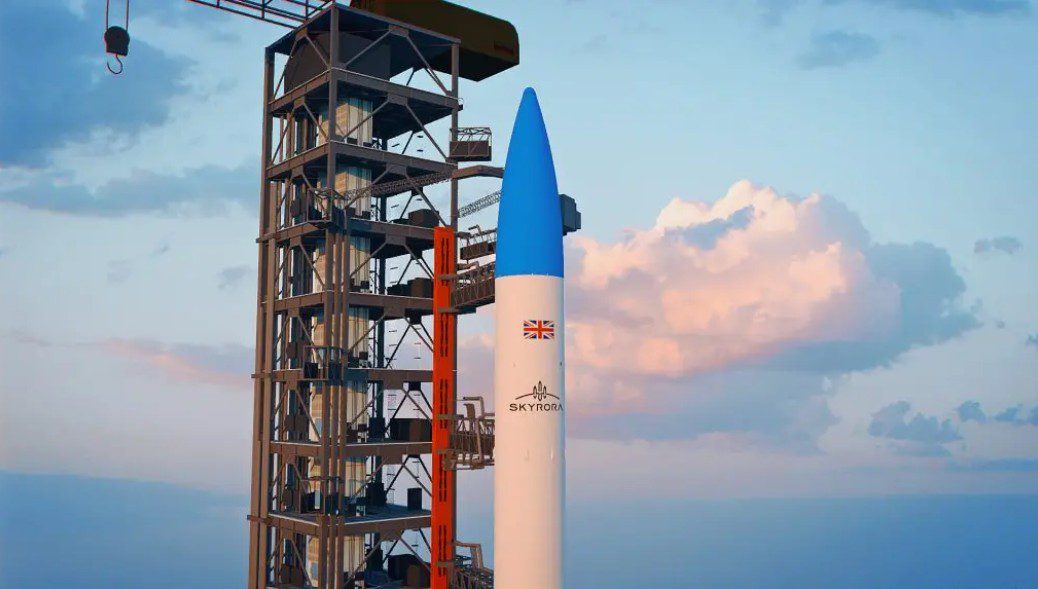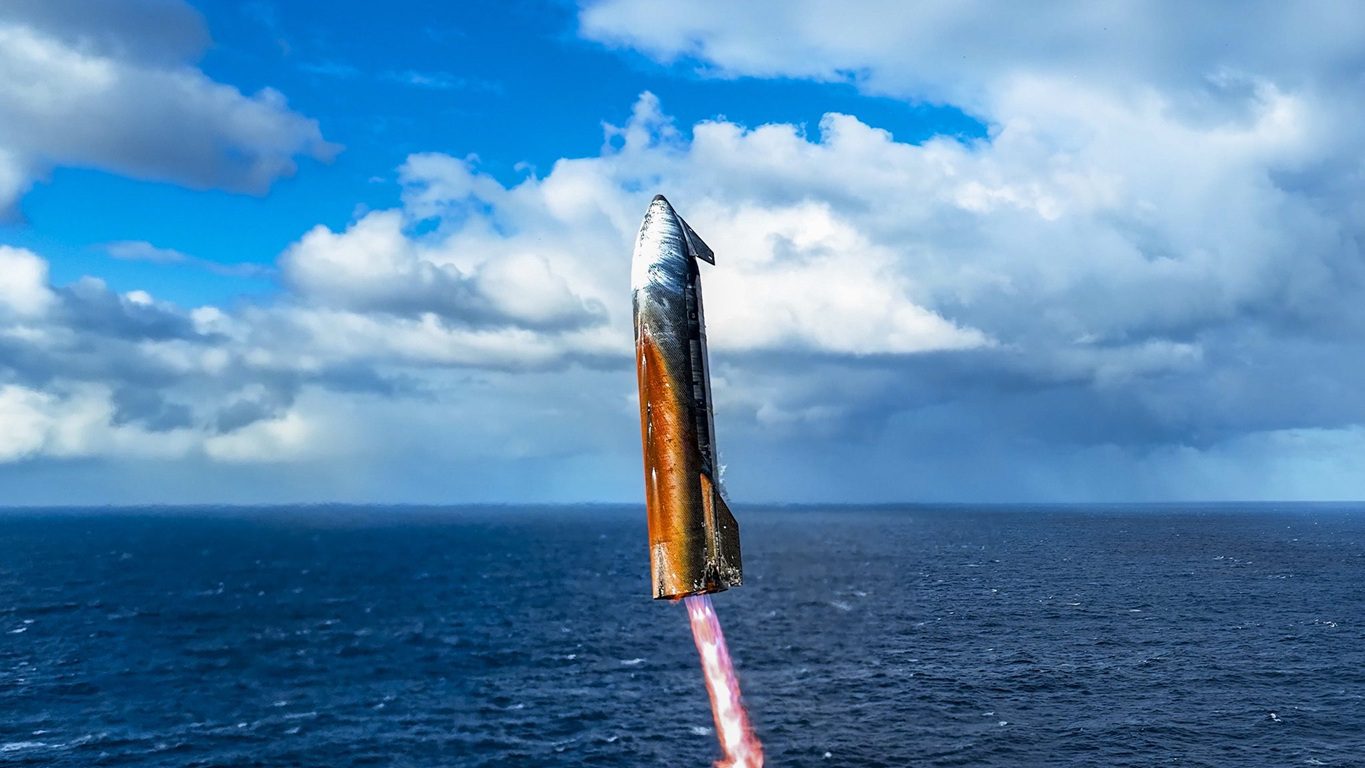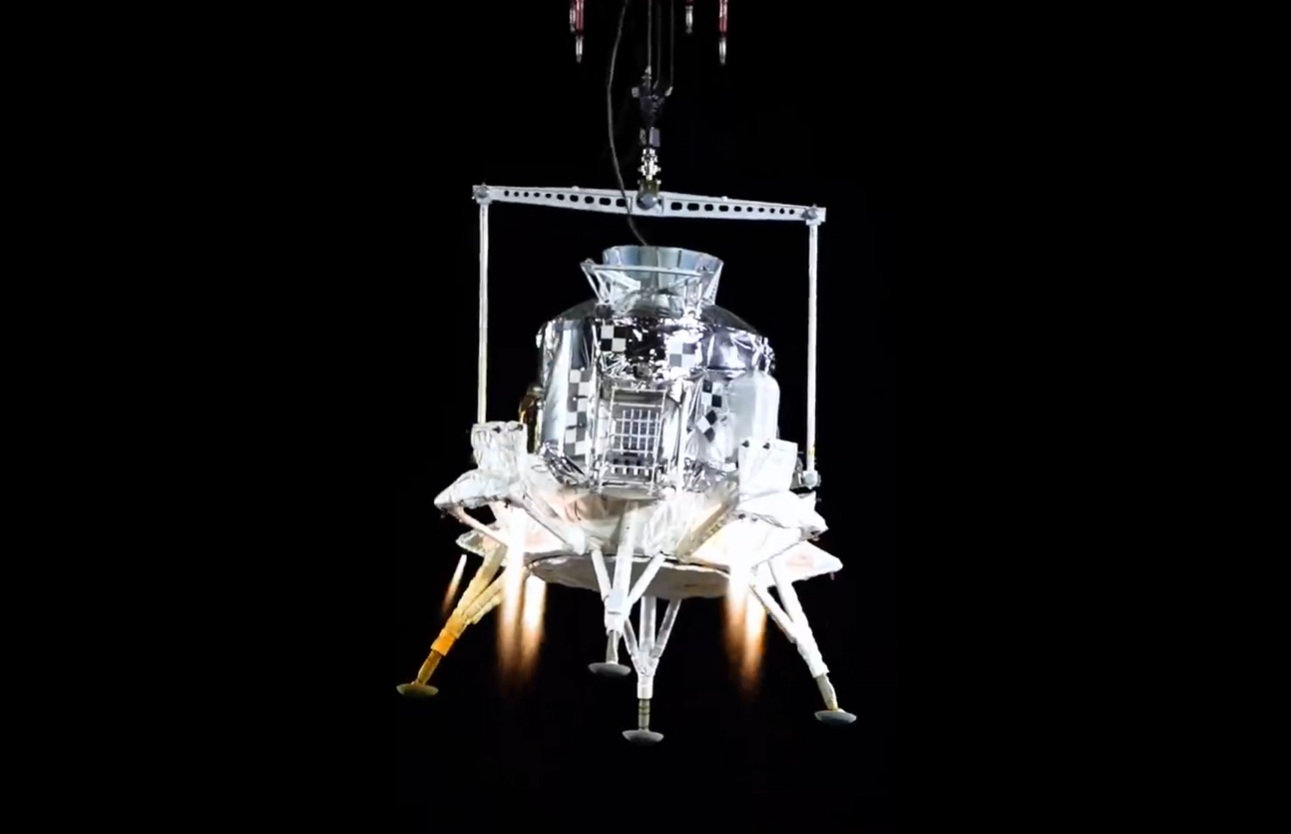‘Interstellar’ is a 2014 sci-fi movie directed by Christopher Nolan and starring Matthew McConaughey, Anne Hathaway, and Michael Caine, plus a surprise appearance from another well known actor.
The film’s relatively slow start is from the perspective of US farmers, showing how mass dust bowls and induced crop failures are making it clear that in the near future mankind is doomed if it does not jump ship from this dying planet. Thus an underground NASA and its clever team of scientists and engineers–types publicly decried in this future dystopia–concocts a multi-spacecraft mission to investigate possible destination planets in another galaxy. Exactly how they get the huge development funding together, while managing to build a large interstellar explorer in orbit without being found out, remains just one of the film’s several unanswerable questions.
Interstellar’s expedition is led by Matthew McConaughey playing a former expert pilot reduced to farming for a living. He, along with a super-smart science lady played by Anne Hathaway, and the rest of his small crew, head off in search of previous expeditions. The interstellar flight in question is made via a “wormhole” conveniently located next to a very photogenic planet Saturn.
Regular readers of our film reviews will probably now be expecting us to note the science fiction films that ‘Interstellar’ has apparently begged, borrowed and stolen from, or, at the very least, those that it has apparently been influenced by. And so we shall. For on these shoulders of giants, ‘Interstellar’ stands.
These giants (well – actually some are just quite tall fellows) include: ‘When Worlds Collide’ (1951) – with its warning of impending disaster and the need to find another planet soon; ‘Contact’ (1997) – which describes the transportation possibilities of wormholes along with the weirdness associated with contacting alien life; ‘2001 – A Space Odyssey’ (1968) for its psychedelic mysticism; the jeopardy thrills and beautiful imagery of ‘Sunshine’ (2007); and all teetering on the “edge of oblivion” as characterised in Disney’s ‘The Black Hole’ (1979).
There is also even a hint of the British long-lasting childhood-to-adult logging documentaries ‘7-Up’ et al as the effect of “relativity” on those left behind raises its aging head. And, oh yes, some ungainly looking, but ultimately, very skilled and very loyal computerised robots, reminding one of the “good guy” computer in the never clone-alone mystery ‘Moon‘ (2009).
‘Interstellar‘ also references the actual Apollo moon landings, and rightly makes fools of those that deny them and try to rewrite history. The film even uses what looks like an expendable Apollo-era Saturn V rocket to loft the main mission’s hi-tech reusable space landing ship into space–presumably launched from Earth in this ancient way in order to save fuel.
As for the spaceships themselves, well they also seem to have “parts from the past” including the triangular windows of the Apollo lunar module, and instrument panels from the Space Shuttle. All this is then mixed up with reusable landing and interplanetary transfer hardware of a much higher order, making one wonder why all this old stuff is still on board?
Still, these are minor quibbles as it all makes for a great visual spectacle, and one that sticks more rigidly to known physics and astronautical science than the otherwise very good ‘Gravity‘ (2013).
But while this film starts off as an inter-galaxy action adventure movie, underneath this veneer there lies an enigmatic supernatural mystery that only those back on Earth can help solve. All will be revealed–in time and space. Well, if the laws of physics will let it. But do not listen to Morrissey warbling on in the meantime. For, by bizarre coincidence, the first three lyrical lines of The Smiths’ song, “A rush and a push and the land is ours”, seems to contain the solution.
So what is our verdict? This sci-fi film does have a few flaws – a little too much sentimentality and too much “science for beginners” dialogue – albeit with some traces of original humour to sweeten the deal. Nevertheless, this ‘Interstellar’ diamond remains an enthralling and intelligent movie…even if you probably need an astrophysics degree to see into its real beauty.
In summary, if you liked ‘Sunshine’ and ‘Gravity’, you will like this one even better. Seradata’s Interstellar rating: An excellent journey to infinity and beyond – 9 out of 10.


